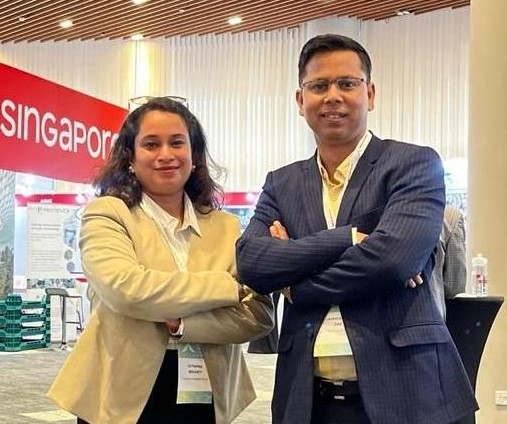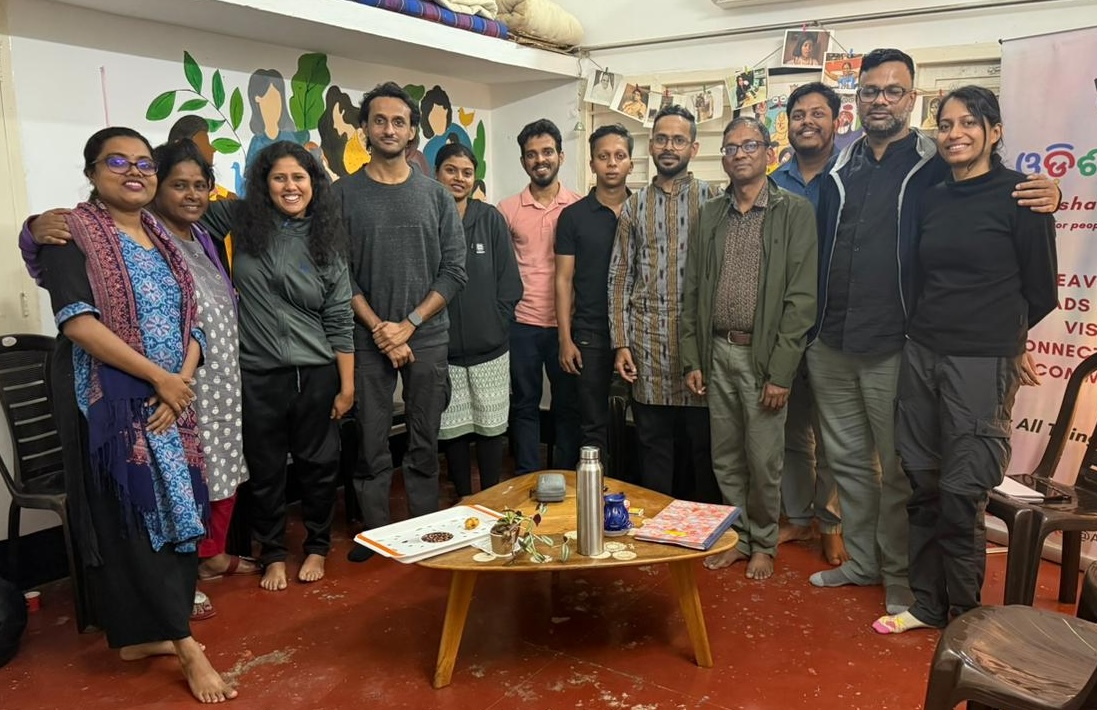New Delhi: In a significant move towards promoting linguistic diversity in education, the Government of India has decided to make study material for all school and higher education courses available digitally in Indian languages listed in the 8th Schedule of the Constitution. The Ministry of Education issued an order today directing various educational regulators and institutions, including UGC, AICTE, NCERT, NIOS, IGNOU, IITs, CUs, and NITs, to ensure the availability of study material in Indian languages within the next three years.
This decision aligns with the recommendations of the National Education Policy (NEP) 2020, which emphasizes promoting multilingualism in education at all levels. The directive aims to provide students with the opportunity to study in their native languages, fostering better learning outcomes and encouraging innovative thinking without language barriers.
Recognizing the multilingual nature of India as a valuable asset, the NEP-2020 envisions leveraging this strength for the socio-cultural, economic, and educational development of the nation. Making study material available in local languages is seen as a crucial step towards harnessing this multilingual asset and contributing to the vision of ‘Viksit Bharat’—a developed India by 2047.
Over the past two years, the government has actively worked in this direction through initiatives such as the Anuvadini AI-based App. This app has facilitated the translation of engineering, medical, law, undergraduate, postgraduate, and skill development books, which are accessible through the ekumbh portal. In the school education ecosystem, study material is already available in multiple Indian languages, including over 30 languages on DIKSHA.
Furthermore, competitive exams like JEE, NEET, and CUET are now conducted in 13 Indian languages. The latest directive from the Ministry of Education reinforces the government’s commitment to enhancing linguistic diversity in education, creating an inclusive learning environment for students across the country.





